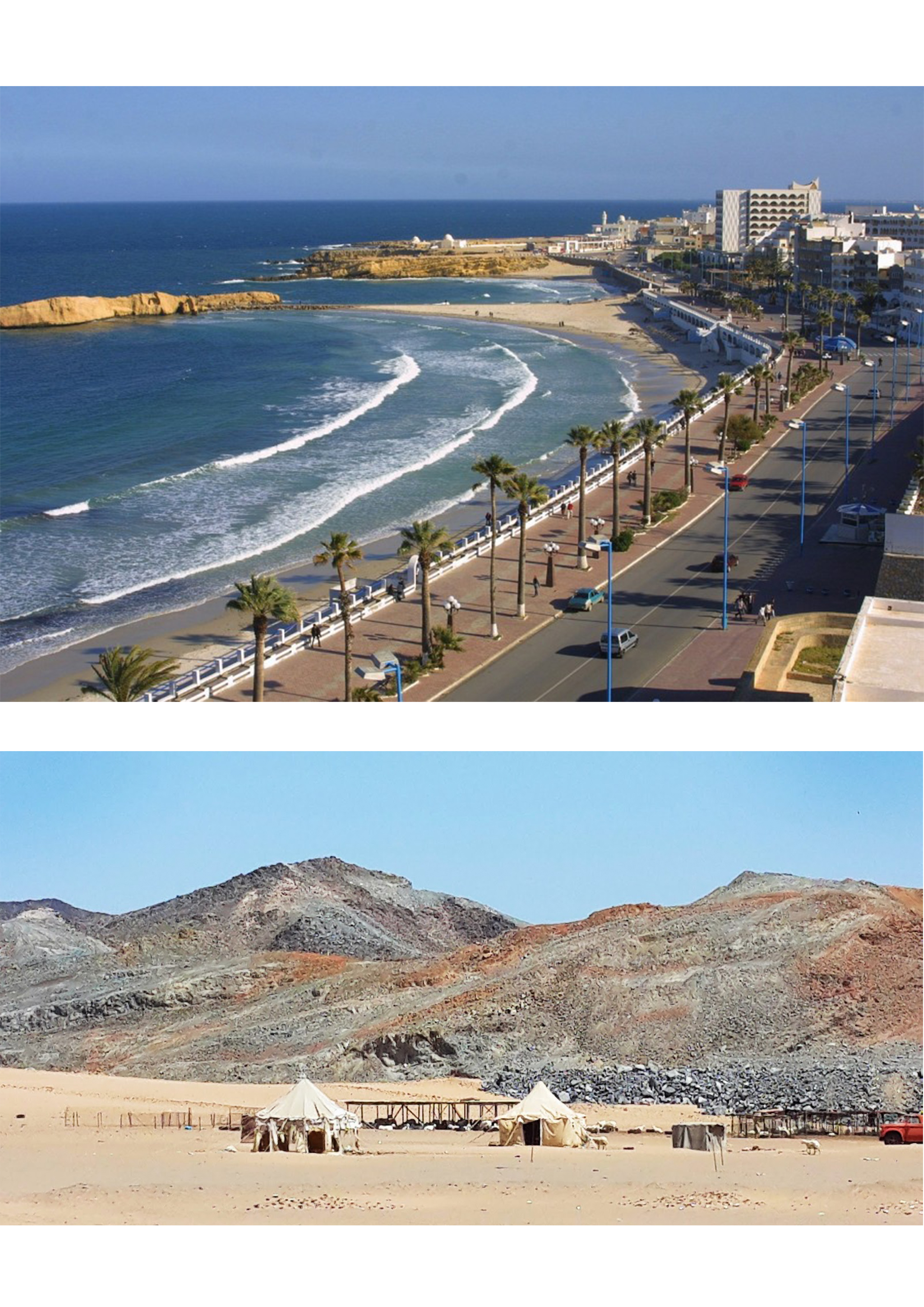
Uploaded on 2017-03-10 by Raghad Al-Mashhour
MODULE 4- COMPULSORY EXERCISE: URBAN CLIMATE AND LIVABILITY 1. CHECK THE TEMPERATURE DIFFERENCES IN US CITIES According to Climatecentral.org, 57 cities had measurable urban heat island effects over the past 10 years. Single-day urban temperatures in some metro areas were as much as 27°F higher than the surrounding rural areas, and on average across all studied cities, the maximum single-day temperature difference was 17.5°F. The top 10 cities with the most intense summer urban heat islands (average daily urban-rural temperature differences) over the past 10 years are: Las Vegas (7.3°F) - Albuquerque (5.9°F) - Denver (4.9°F) - Portland (4.8°F) - Louisville (4.8°F) - Washington, D.C. (4.7°F) - Kansas City (4.6°F) - Columbus (4.4°F) - Minneapolis (4.3°F) - Seattle (4.1°F) 2. WHICH ARE THE MAIN UHI EFFECTS THAT YOU CAN IDENTIFY IN YOUR AREA? Img. 1: Unknown, (2015), Jeddah Corniche Beach, Retrieved March, 17, 2017, from https://commons.marymount.edu/badowijeddah/ Img. 2: Unknown, (2014), Saudi Arabia: Shepherd Tents Retrieved March, 17, 2017, from http://susieofarabia.blogspot.com/2014/05/saudi-arabia-shepherds-tents.html As seen in the two images, in Jeddah, Saudi Arabia, it can be concluded that the temperature on Jeddah city is higher than the temperature in the rural areas. This is due to the high raise towers, the mass of concrete buildings, roads, and other city structures. The city of Jeddah unfortunately lacks significantly from green open spaces [even the open rural areas are just deserts]. What contributes to the formation of heat island effects in Jeddah city is the mass development of concrete structures, air pollution from cars and not taking into consideration the energy efficient buildings. 3. WHICH ARE THE MEASURES YOU WOULD PROPOSE? The structure of the city and its location on the Red Sea surrounded by mountains from the northeast, east, and southeast dictates unique urban microclimatic features. If I can be part of decision-making, I would require small developments to integrate green in their infrastructures. Not only big scale developments need to pass the green-mark requirement, for that I would also suggest to plant more trees and other vegetation to increase shade and lowers surface and air temperature. Trees and other green infrastructure features also reduce heat island effects in urban areas, which can experience significantly higher temperatures in summer months as compared to outlying areas due to the pavements and rooftops, which absorb and radiate heat. 4. IS UHI EFFECT CONCERNING POLICY MAKING IN YOUR AREA? Unfortunately, in all of Saudi Arabia, there are no policies to combat the effects of heat island effects.